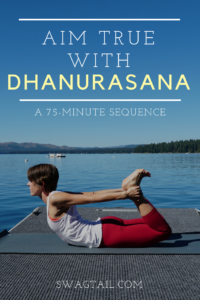 Dhanurasana is an energizing pose that elongates the spine, opens the shoulders and expands the heart. And, if you (or your students) tend to shy away from backbends, this 75-minute flow sequence will make this challenging pose much more accessible.
Dhanurasana is an energizing pose that elongates the spine, opens the shoulders and expands the heart. And, if you (or your students) tend to shy away from backbends, this 75-minute flow sequence will make this challenging pose much more accessible.
The BEND teacher training program invited me to speak at their monthly gathering two weeks back, in which I taught effective social media strategies and introduced the back-bending sequence you see here. Both are topics I’ve grown to appreciate and enjoy.
But this wasn’t always the case. In fact, like many of you, I had resistance in the past to sharing too much about myself online. I’m a more quiet person by nature. As for the backbends, I just preferred to gravitate toward poses that came more easily to me (like strength- or balance-based ones).
The amazing thing is that resistance hinders progress when building relationships via the internet or opening the heart in a yoga posture. When you start with inner alignment in both cases, you can beautifully expand in more ways than you thought possible. This 75-minute flow sequence will allow you to build heat, embrace courage, and release the resistance necessary to aim true with dhanurasana (as well as in your relationships).
Photo Credit: Steve Thompson
ELONGATE THE SPINE AND CREATE SPACE
Dhanurasana, also known as bow pose, lengthens the entire front line of the body. Many gentle backbends, such as bridge, cobra, and shalabhasana, are used to elongate the spine from the beginning. Reminding your students that deeper backbends really just require length can make the more challenging poses more accessible.
And, if your students are strength-oriented (like me),the hamstrings, glutes, and rhomboids must be ready to work for this backbend to occur. Multiple standing poses are used to build heat in these muscle groups, and clasping the arms behind the back leverage the power of the back to open the heart.
Throughout this balance of strength and flexibility, new space is created in the body. Invite students to continually fill this space with breath, clarity, or their specific intention.
THE WARM-UP
(1) START SUPINE
- Purpose: Starting on the back allows students to tap into the spine’s natural alignment before changing it with any postures. Bending the knees here also alleviates any tension for those with low back issues.
- Additional Details: Place the hands on the ribs while keeping the elbows on the floor. Then, when you lead a pranayama method, students can tap into physical sensations around the torso and on the palms of the hands while breathing more deeply.
- Length: 3-5 minutes
(2) CORE WORK: TOE TAPS
- Purpose: While back bending requires an elongated front body, building core strength can prevent students from just dumping into the low back. Thus, these toe taps engage the TVA and heat up the body from the deepest core level.
- Additional Details: Use a strap under the low back, at the level of the belly button, and instruct students to draw their spine toward the strap. When the core is engaged, the strap should not move when pulled on either side. Lower the leg to a lesser degree if the strap starts to move. Straighten out the extended leg to make this more challenging.
- Length: 1-2 minutes
(3) CAT/COW and DOWN DOG
- Purpose: This gentle movement in cat/cow warms up the spine, and moving to adho mukha svanasana begins to lengthen it. Plus, it starts to add some warmth in the upper body.
- Additional Details: Keep knees bent in down dog, if needed at the start.
- Length: 1-2 minutes
(4) SURYA NAMASKARA A, with focus on cobra variations
- Purpose: It’s time to build heat in the entire body. Moving through Sun A does this well.
- Additional Details for Cobra: Round 1: Take the arms off the mat, and roll the shoulders as students take this cobra variation. This opens the shoulder girdle. Round 2: Have students take cobra again, and this time lift hands off of the floor. This focuses strength in rhomboids, which is needed to open heart and aim true with dhanurasana. Round 3: Repeat round 2, and provide option for shalabhasana (lifting legs off of the floor as well. Elongate the spine in all three rounds.
- Length: 10 minutes
THE FLOW TO BUILD HEAT
5) UTKATASANA (Chair Pose) and VIRABHADRASANA I (Warrior 1)
- Purpose: Chair pose requires strength in the legs, and the tapas built here will make the quadriceps more pliable for backbends. Simply step the left foot back to set up for warrior 1–another pose that keeps the lower body active. Step forward to return to chair, then repeat on the second side.
- Additional Details: For the warrior 1 variation, inhale to cactus arms. With the exhale, draw the elbows toward one another (or even take eagle arms). This is one round of arm movements.
- Length: Hold Chair for 5 breaths. Then, hold each side of warrior 1 for five rounds of arm movements.
(6) The second side of above
OPTIONAL TABLETOP SEQUENCE HERE:
I opted to drop to all fours in between the standing flow sequences. From here, I did an extended leg version of cow and bent-knee form of cat. Then, I had students extend the right leg parallel to the floor. They could stay here, or extend the left arm forward, or even bend the right knee and reach back for the ankle. Hold for 5 breath cycles each side if inserting this into the sequence.
(7) LONG FLOW SEQUENCE
The purpose of this sequence is to continue building heat in the body, lengthening the spine, and opening the front of the body in preparation for deeper backbends. This portion of class will take about 20-25 minutes.
- 7A: Crescent Lunge. Alternate between bending the back knee and straightening the back leg (all while keeping the hips stable). Repeat this 5 times.
- 7B: Crescent Lunge with bind behind the back. 3 breathes upright, then 3 breathes with the torso extended forward.
- 7C: Virabhadrasa 3 (Warrior 3). Take 5 slow breathes with the arm bind, if possible.
- 7D: Reverse Warrior: Carefully step back and lengthen both sides of the torso as evenly as possible. Keep building heat in the quads and hips as you hold for 5 slow rounds of breath.
- 7E: Parsvkanasana (Extended Side Angle) is another way to keep the lower body engaged while strengthening the core here. Hold for 5 breath cycles.
- 7F: Reverse Triangle. Extending the front leg in this pose gives a break to the heat built in the lower body. This pose continues to lengthen the sides of the body, which helps to make back bending more accessible.
- 7G: Trikonasana (triangle) lengthens the hamstrings. Dhanurasana and other foot-grabbing backbends in this sequence engage the hamstrings, this pose helps create balance in the body through the course of this sequence.
- Optional Vinyasa, or step directly to Downdog
(8) ADRHA BEKHASANA (Half frog)
- Purpose: Lying on the belly gives the legs a break. This pose is also a deep stretch for the quadriceps, which is needed for dhanurasana.
- Additional Details: Use a strap if reaching the foot is inaccessible.
- Length: 1-2 minutes
(9) Repeat 7 and 8 on the second side.
(10) SPHINX with blanket roll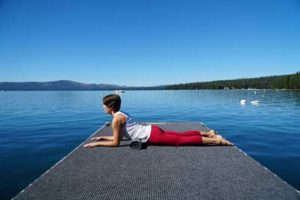
- Purpose: Rolling a blanket and placing it underneath the soft tissue of the belly will stimulate proper digestion. It will also compress the organs, and make room for oxygenated blood to flow back through this area of the body.
- Additional Details: Start small with the roll. Make it larger to intensify the pose. Just make sure the roll is not beneath the hip bones or ribs.
- Length: 2-3 minutes, then rest.
PEAK POSE
(11) AIM TRUE WITH DHANURASANA, variation 1
- Purpose: The blanket beneath the torso allows the chest to lift further away from the floor. It also moves the body weight farther back and reduces pressure in the low back.
- Additional Details: Since a strap is close by, use a lasso around the ankles to elongate the reach of the arms. Students can also remain in sphinx in bow pose is not in their practice.
- Length: 1 minute in the pose, then rest. Take twice.
(12) REST in prone position, turning head to one side.
(13) AIM TRUE WITH DHANURASANA, variation 2
- Purpose: The first variation is to keep the quads as close to the ground as possible, and kick back with the feet. This focuses more on the chest and shoulder opening component of the pose.
- Additional Details: Use a strap if needed.
- Length: 1 minute in the pose, or about 5 rounds of breath.
(14) AIM TRUE WITH DHANURASANA, variation 3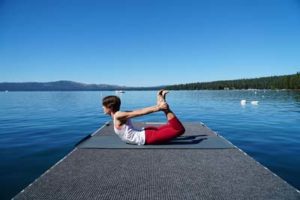
- Purpose: Take a teardrop shape of dhanurasana, lifting the legs and torso away from the ground as equally as possible.
- Additional Details: Use a strap if needed.
- Length: 1 minute in the pose, or about 5 rounds of breath.
COOL DOWN & ESTABLISH EQUANIMITY
(15) REST
Pause in the prone position, turning head to other side. Then, roll onto back. Return to the initial starting position in class, with knees bent, to alleviate any tension in the low back.
(16) BRIDGE OR WHEEL
- Purpose: Take the length of the front body into a more familiar backbend and notice the space created from the entire sequence.
- Additional Details: Supported bridge is also an option.
- Length: 1 minute in the pose, or about 5 rounds of breath.
(17) SUKHASANA or AGNISTAMBHASANA, side 1
- Purpose: The hip stabilizers worked a ton for the standing sequence, and even to keep the thighs internally rotated for bow pose. Give them ample time to stretch here.
- Additional Details: Sit on a blanket or block if the knees are high. Make sure the feet are under the knees, or said another way, move toward the opposite side of the yoga mat when crossed. Fire log pose only intensifies sukhasana. Whatever pose is being taken, have students continue their focus on length of the spine, not depth of the forward fold.
- Length: Hold 3-5 minutes.
(18) Repeat above with the opposite shin in front, or on top. Hold for 3-5 minutes.
(19) PASCIMOTTANASANA
- Purpose: Hamstring engagement was utilized for bow pose, and now it’s time to passively lengthen these muscles. A forward fold counters all of the back bending work, and begins to calm the energy. Students are invited to turn their attention inward once again, and integrate their newfound energy on a deep level.
- Additional Details: Sit on a blanket to ensure the pelvis rocks forward. Use a strap to lasso the feet in students are unable to clasp them. Again, focus on keeping the spine long. Allow the fold to effortlessly deepen with the time spent in the pose.
- Length: 3-5 minutes
(20) RECLINED SPINAL TWIST
- Purpose: A twist is used here to rinse out the spine from all of the flexion and extension experienced in the earlier postures.
- Additional Details: Place a blanket or block under the knees, or between the knees, as needed. If both shoulders do not touch the ground, simply allow the heaviness of the body to help drop them toward the floor.
- Length: 1 minute each side.
(21) FINAL REST IN SAVASANA
- Purpose: Rest and absorb the changes of the practice. Notice what space was created by lengthening the spine. Observe any new thoughts in the mind, and notice what new intentions you will create to fill in the space of your life.
- Length: 5-10 minutes
PUTTING IT TOGETHER
If you like this Dhanurasana sequence, and are ready to open the heart in this beautiful backbend, share this class with your students today.


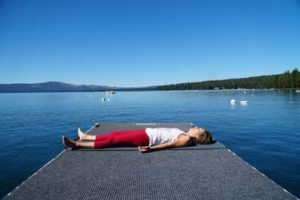
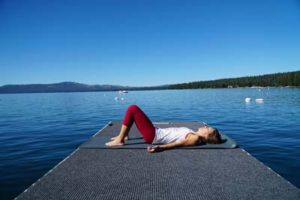
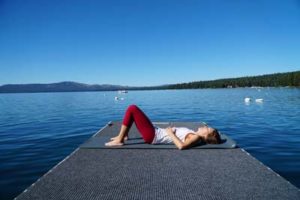
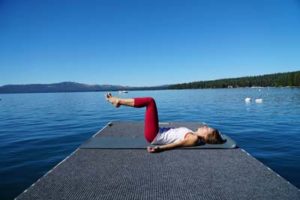
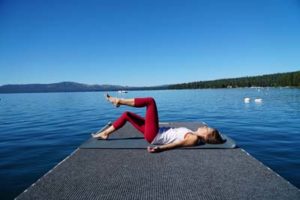
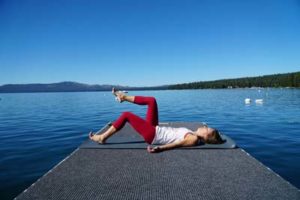
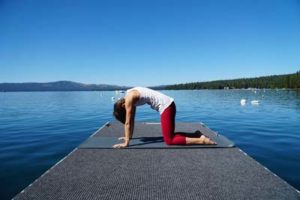
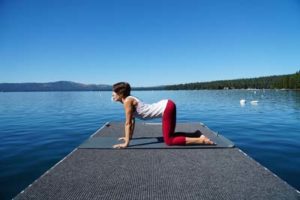
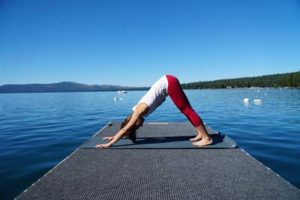
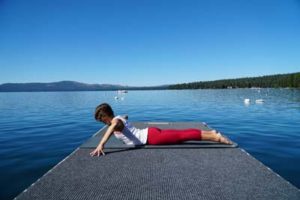
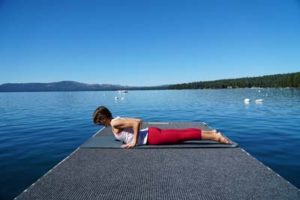
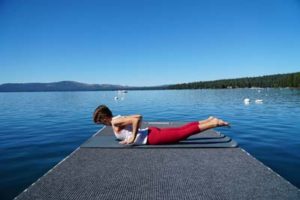
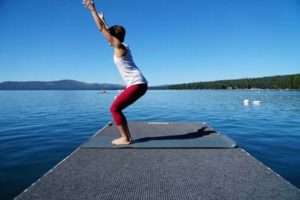
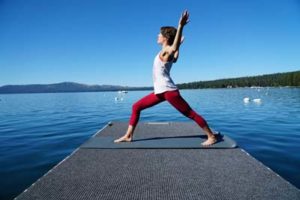
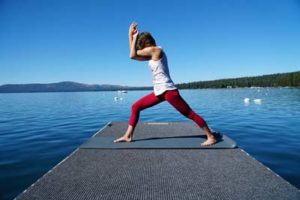
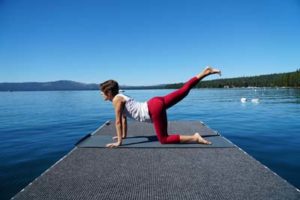
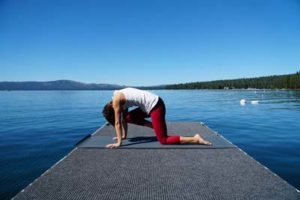
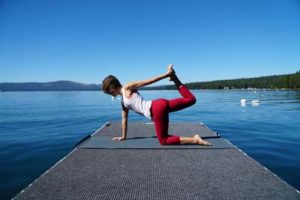
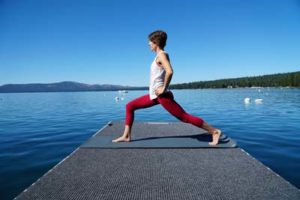
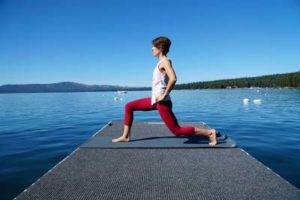
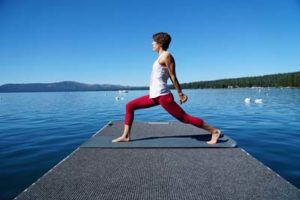
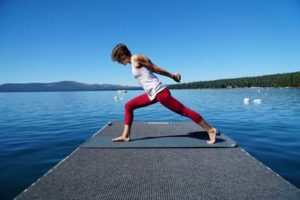
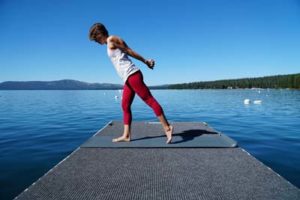
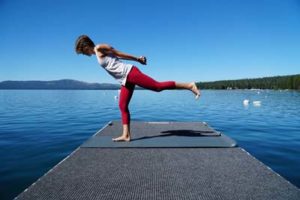
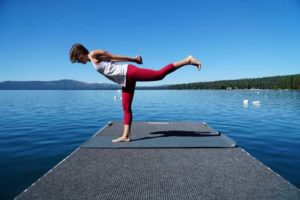
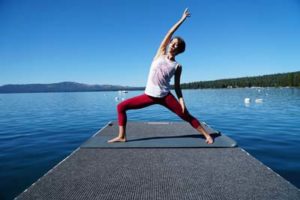
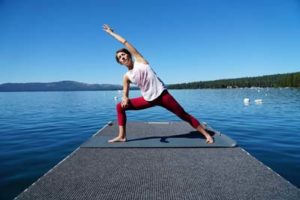
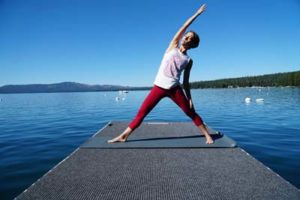
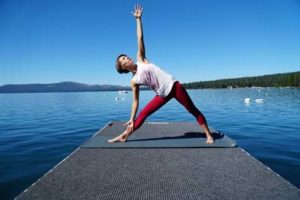
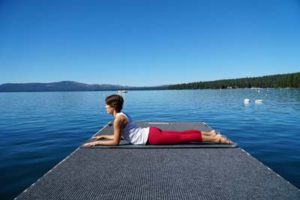
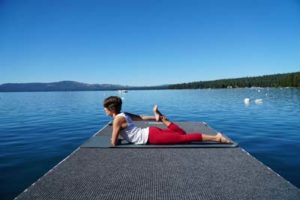
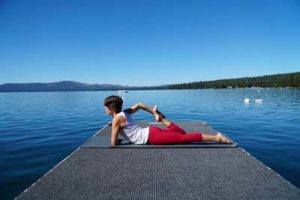
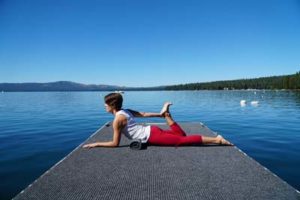
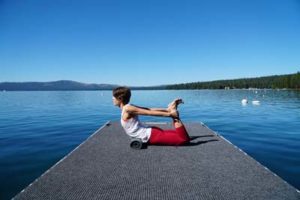
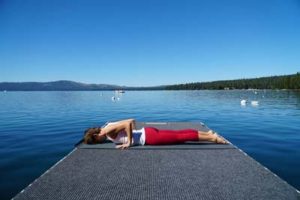
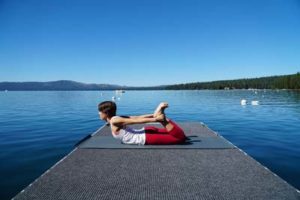
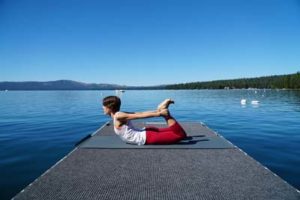
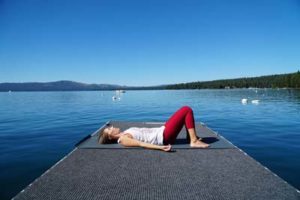
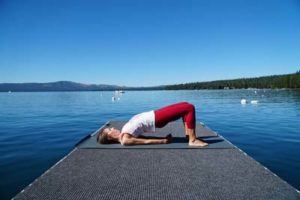
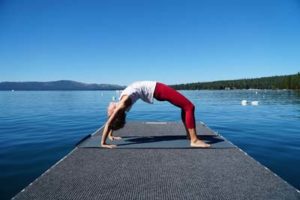
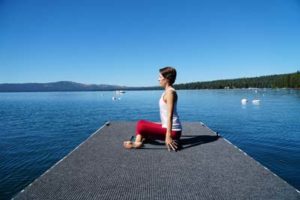
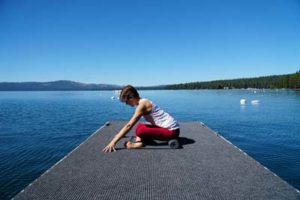
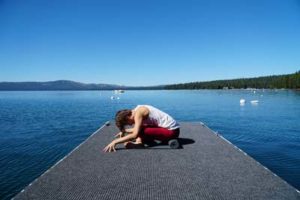
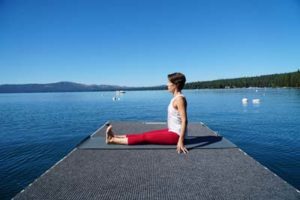
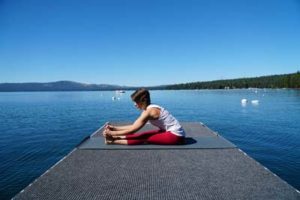
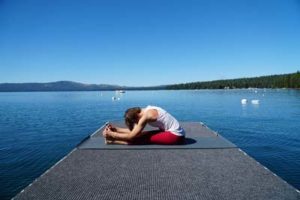
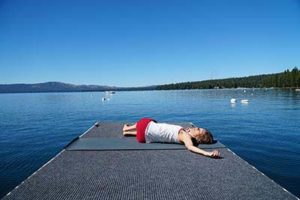
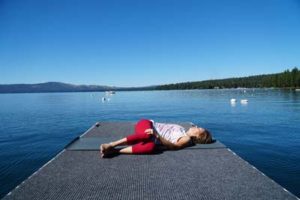
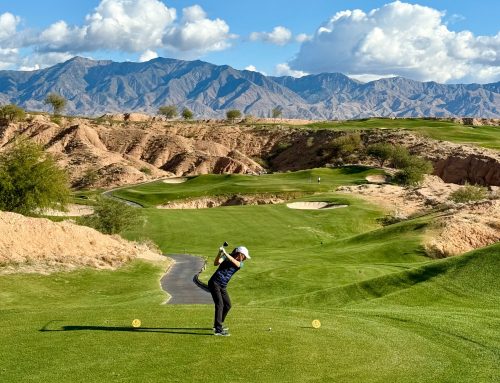
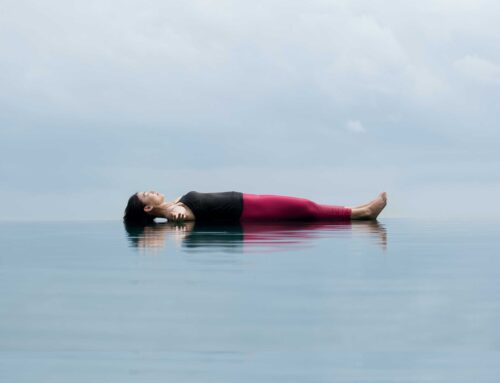

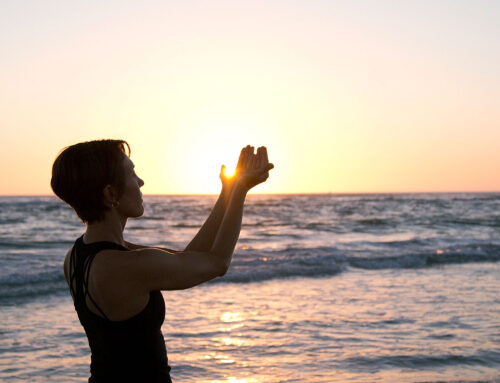
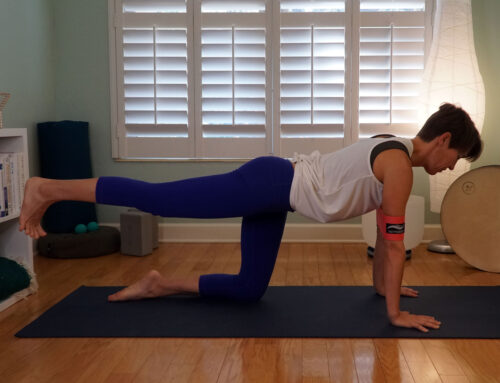
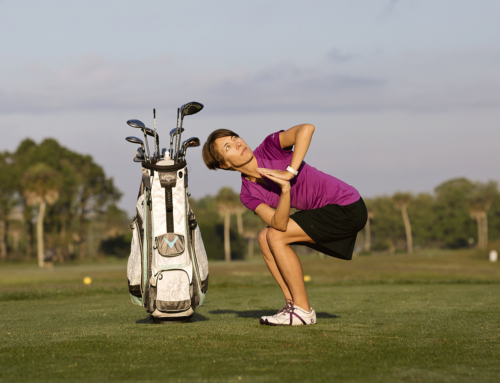
Leave A Comment